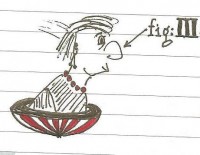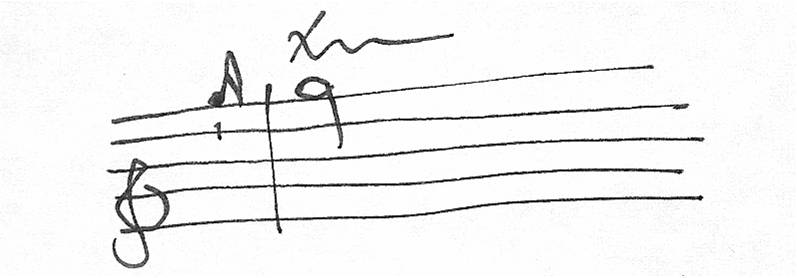by David Gleba | Nov 21, 2014 | Concepts in Music
Most people, including many musicians, believe (or assume) that the surest way to ruin a piece of music is to perform it too SLOWLY, letting it “drag”. In reality, RUSHING through it is usually a far worse crime; an excessively quick tempo tends to rob the music of...
by David Gleba | Oct 28, 2014 | Concepts in Music
I want to enlighten you about the proper use of second inversion triads. That’s right, folks: the much-talked-about six-four chord! Let’s get one thing straight right off the bat: it’s DISSONANT, and must be treated as such. Once you get that simple fact through your...

by David Gleba | Oct 7, 2014 | Moments in Teaching
Today, one of my piano students (a nine year old girl) “accidentally” told me to “Shut up!” when we were joking around at her lesson. When she realized what she had said, and to whom she had said it, she instantly gasped and put her hands over her mouth, HORRIFIED! I...

by David Gleba | Sep 23, 2014 | Musical Ornamentation
Most musicians, even many professionals, don’t seem to know how to properly execute the trill. In music composed before circa 1820, almost all trills are supposed to begin on the upper auxiliary note, NOT the main (written) note. It was Mozart’s pupil,...
by David Gleba | Jul 15, 2014 | Studio News
Okay, nobody faint! David Gleba is entering the 21st century this summer by not only getting his own email account but by also securing his own website. I, Sandy Connolly, the webmistress of this site, will be keeping you up-to-date on the process. My favorite quote...


